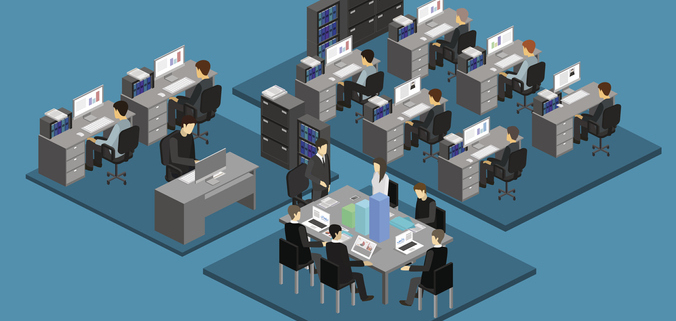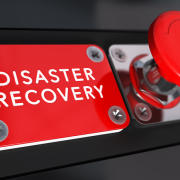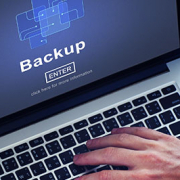Disaster Recovery Planning Step 2 – Critical Processes
Introduction
When disaster strikes, you cannot expect to remember everything that needs to be done. Having a plan that lists those processes that must be up and running quickly for your business to survive is essential.
You may know your business backwards and forwards—that’s not the point. Catastrophes have a way of blurring events that can quickly overwhelm even the well prepared. The fact is, when disaster strikes, personnel “in the know” may not be immediately available. Those on site must have a way of starting the recovery process as quickly as possible. Here’s how to do it.
List all functions
Use the wisdom of your team, department heads, management and staff. Brainstorm and list all department functions. For example:
Accounting Department
- Accounts Payable
- Accounts Receivable
- Revenue Tracking
- Payroll
- Financial Reporting
- Financial Controls
Human Resources
- Workplace Safety
- Employer/Employee Relations
- Compensation & Benefits
- Labor Law Compliance
- Training & Development
Select critical functions
After listing all functions, select those from each area that your business needs to operate at a minimum.
For instance: Payroll, Accounts Receivable and Accounts Payable in the Accounting Department can be deemed essential functions. In the event of a disaster, steps should be taken to provide personnel with the data, software, hardware and physical space required to carry on these functions.
Additionally, these processes should be well documented in case the employees normally responsible are not available when the disaster strikes.
Create a matrix for each critical function
Now that you have your critical functions identified, you need to create a matrix with important information so management can give proper direction and affected employees can start working in “emergency mode” as the disaster unfolds. Here’s what you need at a minimum:
- Name the Process itself (Accounts Payable, Accounts Receivable, Payroll, etc.)
- Department or Area Responsible (Finance, Accounting, etc.)
- Supervisor or manager
- Employees involved
- Employees who are cross trained to do the function
- Physical space requirements
- Equipment (PC, internet, phone, etc.)
- Software (QuickBooks, MS Excel, etc.)
- Records (QuickBooks files, billing records, etc.)
- Pre-assigned backup facilities (if any)
Each company is different, and you may have additional needs—if so, list them.
Conclusion
Identifying and providing for your critical processes before-hand will greatly aid your recovery. In a disaster, time is your chief enemy—don’t let it get away from you!
You need to recover quickly so your clients know they can count on you to service their needs. If you cannot, a competitor will be more than happy to step in. Again, your goal must be Business Continuity and not merely surviving a disaster.
Related posts:
Now Available: A Simple Disaster Recovery Plan Template
Disaster Recovery Planning Step 1 – The Threat Matrix
XSolutions is an Elite Partner of Datto, the world leader in Hybrid-Cloud Business Continuity solutions whose systems protect 460+ Petabytes of data with over 1400+ employees and 9 offices around the globe. Call (845) 362-9675 and let us introduce you to the ultimate defense against data loss—whatever the cause. Backup & Disaster Recovery | Business Continuity | Data Risk Assessment











